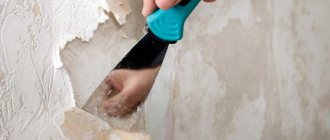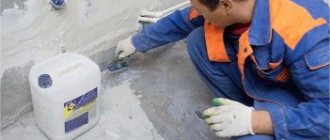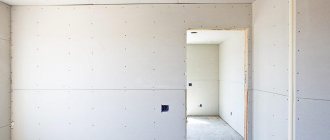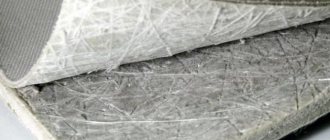By neglecting actions that seem unnecessary to us, we risk getting the most unpleasant results. After all, as you know, the whole is made up of little things.
Do not ignore priming the walls during the renovation process and it will delight you with its strength for many years.
Any type of work, and repairs are no exception, requires careful preparation. Is it necessary to prime decorative stone before painting? Priming the walls before painting is just such a preparatory moment.
And in this article I will tell you how to do it and why.
Recommendations from the experts
The basis for a high-quality finishing work result is the use of products from one manufacturer. This helps to avoid unpredictable chemical reactions of different compositions, and moreover, product lines from the same company are designed for joint use, which will make it possible to obtain the planned shade and coverage of the structure.
The principle of a stronger base relative to the applied paint coating is mandatory. This will mean that the primer layer should take on the functions of leveling and adhesion to the walls, and the selected paint will only have a decorative function.
Often, beginners who don’t know whether a primer is needed in principle turn to professional help. To determine the need to use primers, professionals conduct a very simple test - rub the walls with your finger (if a mark remains, then you cannot do without a primer before painting).
Primer on each surface before painting is a step that works to facilitate the progress of future finishing work. Modern priming compositions are ways to strengthen walls, protect them from destruction, chipping, cracking and rust. After applying the product, the layer of paint and varnish material will be distributed much better, which will make it possible to reduce the consumption of paint coatings.
Types and characteristics of materials
Wood care products are constantly being improved, and today there is a considerable range of primers.
Types of primers and scope of application:
- Water-based products.
The mixtures dissolve and protect the material from corrosion of biological origin.
- Primers are waterproof.
Used to protect against moisture. Usually used for outdoor work.
- Oily.
This type is suitable for already painted wood or as an impregnation when one layer of the product is applied.
- Acrylic.
Acrylic-based primer
This option is used before coating with acrylic paints. It is applied in two or three layers under paint, although varnish can also be applied on top.
- Alkyd.
The best option for wood without treatment. The product levels the surface for further finishing. They are also pigmented. Such mixtures create a high-density matte film on the base and enhance the shade of the paint. Alkyd primers dry in 12-16 hours.
- Shellac.
Designed to neutralize coniferous resin protruding to the top of wood or used as insulation under soluble stains.
Resin
- Polyurethane or epoxy.
These products are not quite primers, but not paints either. They are paint diluted with a solvent.











